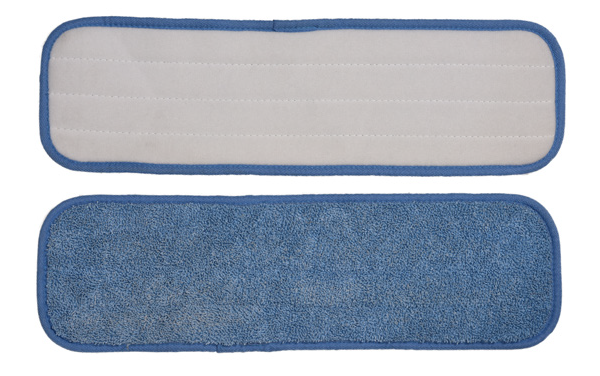


In December 2019, a novel coronavirus (SARS-CoV-2) was reported from a cluster of pneumonia cases in Wuhan, China. Three highly pathogenic coronaviruses have impacted substantially on human populations since the beginning of the 21st century. Future avenues of research to evaluate lung tissue innate immune responses hold promise as a target for research to optimize SARS-CoV-2 and future infections’ testing accuracy. Prior immunization against SARS-CoV-2 impairs the utility of serologic testing of suspected COVID-19 cases. Automated testing platforms may enhance diagnostic accuracy by minimizing the potential for human error in assays’ performance. Different COVID-19 management algorithms based on each test and limitations are thoroughly presented.Įxpert opinion: The diagnostic accuracy and the capacity of every available assay, which need to be interpreted in the light of the background incidence of SARS-CoV-2 infection in the communities in which they are used, are essential in order to minimize the number of falsely tested cases. How clinical characteristics, specific respiratory comorbidities and SARS-CoV-2 vaccination impact on existing diagnostic assays are highlighted. Accuracy of SARS-CoV-2 diagnostic assays has emerged as a major barrier to COVID-19 diagnosis, particularly in cases requiring urgent or emergent treatment.Īreas covered: In this review, we explore the major reasons for false-positive and false-negative SARS-CoV-2 test results. Introduction: A novel Severe Acute Respiratory Syndrome Coronavirus 2 (SARS-CoV-2) was reported via nucleic acid identification in December, 2019.


 0 kommentar(er)
0 kommentar(er)
